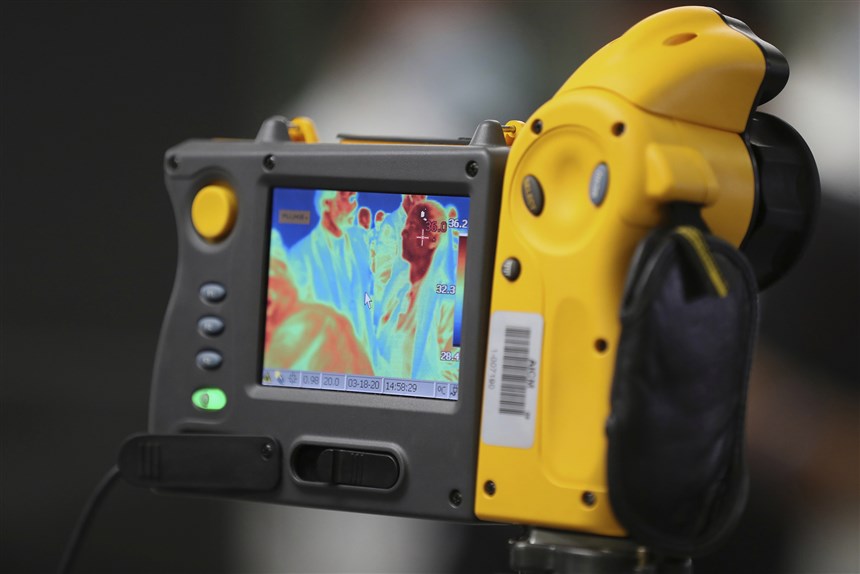Fever Screening with Thermal Camera

Why fever screening?
Infectious diseases travel fast. We have seen this rapid spread with coronavirus 2019. A virus can start in a localized area and reach the other side of the planet in a few weeks. In many of these viruses, including a new coronavirus, fever is the first indication that something is wrong. This fever often occurs before a doctor can diagnose the disease.
 Tests are limited, so Scanning Symptoms is the most effective way to report a potentially infected person. Fever Screening is the first line of defense for many airports and hospitals that allows them to report feverish or potentially feverish individuals for further testing and/or quarantine.
Tests are limited, so Scanning Symptoms is the most effective way to report a potentially infected person. Fever Screening is the first line of defense for many airports and hospitals that allows them to report feverish or potentially feverish individuals for further testing and/or quarantine.
How to tell if you have a fever
The use of a medical thermometer, whether oral, rectal or intra-air, is the only way to definitively confirm a fever. However, the use of a medical thermometer to take temperatures in a crowd is not always plausible. Taking a person’s temperature at a time with a thermometer takes a long time, and studies have shown that self-reports are inaccurate. Here, many airports and other high-volume locations rely on more efficient solutions for measuring skin temperature.

Why is fever detection important?
The importance of identifying potential victims of infectious or contagious diseases cannot be overemphasized. Screening for passengers arriving or leaving countries where such a problem is known, and checking for simple fevers such as colds or flu, or something more serious, requires a fast and effective system, which paves the way for thermal imaging.
We hope to highlight the significant use of infrared thermography in screening and the detection of unusual temperatures in a large number of people.
Thermal Camera have proven invaluable in detecting real and potential defects in a wide range of electrical, mechanical engineering and construction industries, and now this type of technology has been used in veterinary car44e in recent years.
At border crossings such as ports and airports, thermal imaging cameras of trained officers can be used. Anyone with a high temperature will be passed on to medical staff for further examination and detained to leave the facility and possibly stop the spread of the infection.
Thermal imaging cameras can be used to scan a number of people at once. Anyone who shows an unusual temperature stands out from the crowd and can be asked to move into a quieter area to get more accurate control. If this turns out to be positive, they move on to the next step in medical checks.
